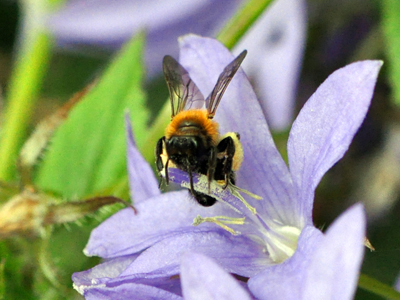
The defeat of the Spanish Armada in 1588 - a painting completed by Philipp Jakob Loutherbourg the Younger in 1796...
Well, I’ve “done” English words from Anglo-Saxon, Latin, Celtic, Scandinavian and Indian roots, so now it’s the turn of Spanish…
According to that old favourite book of mine, The English Language – Grammar, History, Literature by Professor Meiklejohn, printed in 1905, “The words we have received from the Spanish language are not numerous, but they are important”.
How wrong could he be! In 2011 modern English abounds with Spanish-based words, many of them, admittedly, coming to us through American English – largely through Hollywood movies, especially westerns.
But (more…)
Read Full Post »












